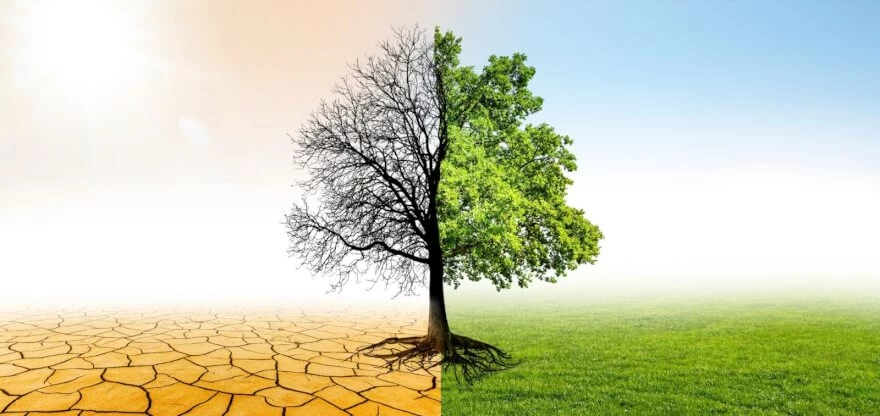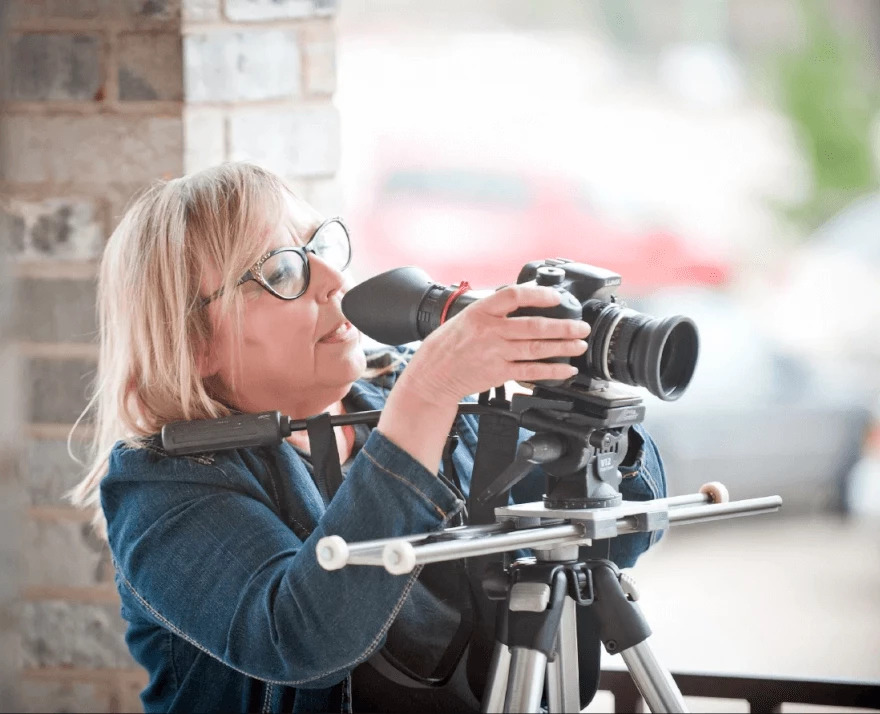Capturing the Passage of Time: Samantha Decker's Photo Series "Now & Then"

- Conceptual Framework of 'Now & Then'
- Selection of Subjects and Locations
- Visual Storytelling Through Photography
- Technical and Creative Challenges
- Emotional Impact and Reflection
- Temporal Contrast and Nostalgia
- Social and Cultural Commentary
- Individual and Collective Identity
- Temporal Continuity and Change
- Showcasing Improvement
- Ethical Considerations
- Conclusion
If you ever thought about the concept of time travel outside the cinematic representation this remains a fantasy for most people. Classic cult favorites like 'Back to the Future' and 'Doctor Who' have sparked a fascination with experiencing the past, present, and future simultaneously. Samantha Decker's photographic art offers a tangible means to fulfill this desire. Without the luxury of time machines, Decker ingeniously overlays contemporary photographs onto vintage ones of the same location, vividly illustrating the transformations that have unfolded over the years. Let us explore the concept of “Now & Then”, what challenges it faces, and what visual impact it has on the viewer.

Conceptual Framework of 'Now & Then'
A series titled "Now & Then" suggests a comparative exploration of time through photography. It involves juxtaposing images of the same location, object, or person at different points in time, highlighting changes that have occurred over the intervening period. This concept of capturing the passage of time is a common theme in photography and art in general, reflecting on themes such as memory, nostalgia, and the inevitability of change. Let us see how Decker selects subjects and locations based on that.

Selection of Subjects and Locations
Choosing subjects and locations for such a concept, Samantha Decker selects iconic landmarks, historic neighborhoods, or sites of cultural significance to juxtapose past and present. This is followed by a representation of architectural evolution where Decker focuses on highlighting the changing built environment. Moreover, Decker also choose to feature sites of cultural importance, such as museums, theaters, or religious institutions, to reflect on the enduring legacy of cultural practices and beliefs.

The overall approach includes places that have visual contrast, environmental changes, diversity, and inclusivity. Ensuring diversity in the selection of subjects and locations helps Decker capture a broad spectrum of experiences and perspectives. By featuring a range of cultural, geographic, and socio-economic contexts, the series becomes more inclusive and reflective of the complexity of human history and experience. Decker also seeks out locations with dramatic changes in architecture, technology, or landscape to create compelling juxtapositions that capture viewers' attention and invite exploration
Visual Storytelling Through Photography

Through carefully curated subjects and locations, Decker employs photography to weave a compelling visual narrative that transcends mere documentation. Each photograph becomes a window into the past, allowing viewers to witness the evolution of places, communities, and identities over time. By juxtaposing historical images with their contemporary counterparts, Decker creates a dialogue between past and present, inviting viewers to engage with themes of continuity, transformation, and resilience. Through her lens, she captures not just moments frozen in time but also the stories and emotions embedded within them, fostering empathy, reflection, and connection across temporal boundaries. In this context, photography becomes more than just a tool for representation; it becomes a medium for storytelling, preserving memories, and shaping collective understanding of the human experience.
Technical and Creative Challenges
When the concept might seem simple, it faces a lot of obvious and less obvious challenges to perform such an art. The most obvious one is a seamless alignment of two then and now photos which requires meticulous attention to detail during the shooting and editing process.

The less obvious challenge lies in the consistency of lighting and perspective. Matching them between old and new images is getting even harder if the location has undergone significant changes over time. Therefore, adjustments are essential to maintain visual coherence.
Having a vintage photo at hand you also face image resolution and quality issues aligning two photographs. As visual integrity is demanding, the varying levels of quality set a new challenge. Gladly a photo restoration app may solve that issue hassle-free.
Most of these challenges require technical skill in image editing to achieve a convincing blend between the old and new images. This includes layering, masking, and color correction. To resolve image quality issues, upscaling might be needed, which gladly has lots of resolutions these days, starting from default Photoshop features and ending up with AI image upscalers across the net and old photo restoration apps.
Emotional Impact and Reflection

The Now and Then photography series has an impact to evoke different emotions and social reflection. It touches society culturally, individually, and psychologically.
Temporal Contrast and Nostalgia
As such a temporal contrast occurs by pairing images from different time periods. This creates a visual narrative that invites viewers to reflect on how things have changed over time. Incorporating vintage images into such a concept evokes feelings of nostalgia prompting viewers to reminisce. The juxtaposition with contemporary images may trigger memories or prompt contemplation about the passage of time and the continuity of life.

Social and Cultural Commentary
The series also has a reflection on social and cultural commentary as the comparison of past and present offers insights into societal and cultural shifts. As such, changes in architecture, fashion, and technology on top of societal norms are observed, sparking discussions about progress, preservation, and the impact of time on communities.

Individual and Collective Identity
Then and now pictures explore how individuals and communities perceive their own identities concerning their past and present environments. It prompts questions about heritage, heritage preservation, and the importance of acknowledging history in shaping collective identity.
Temporal Continuity and Change

By presenting images of the same location or subject across different periods of time, the series emphasizes the continuity of existence while also illustrating the inevitability of change. It underscores the cyclical nature of time and the constant flux of life.
Showcasing Improvement

Beyond conceptual themes, "Now & Then" showcases Samantha Decker's artistic vision and technical skill in seamlessly blending past and present images. Some pictures incorporate color to enhance their impact and evoke emotional responses from viewers. This is mostly common for old black and white photography aligned with modern colored photos showcasing the improvement of not just a place in the photo but the photography technology itself.
Ethical Considerations
In Samantha Decker's artistic exploration, there arise instances where sensitive historical events are depicted, prompting careful ethical considerations. For instance, in one of Decker's artworks, the iconic Twin Towers are portrayed with aligned a new tower in their place. While the intention may purely be an artistic expression or conceptual exploration, the depiction of such emotionally charged subjects demands sensitivity and respect.

Conclusion
The conceptual framework of then and now photographs provides a platform for exploring themes of time, memory, identity, and societal change through the lens of photography, inviting viewers to engage with the past and contemplate its significance in shaping the present and future. Samantha Decker truly mastered that concept and allowed us to get all these feelings through her vision and camera lens along with her artwork.
Co-founder of RetouchMe. In addition to business, he is passionate about travel photography and videography. His photos can be viewed on Instagram (over 1 million followers), and his films can be found on his YouTube channel.
Moreover, his profile is featured on the most popular and authoritative resource in the film industry — IMDb. He has received 51 international awards and 18 nominations at film festivals worldwide.

with RetouchMe














